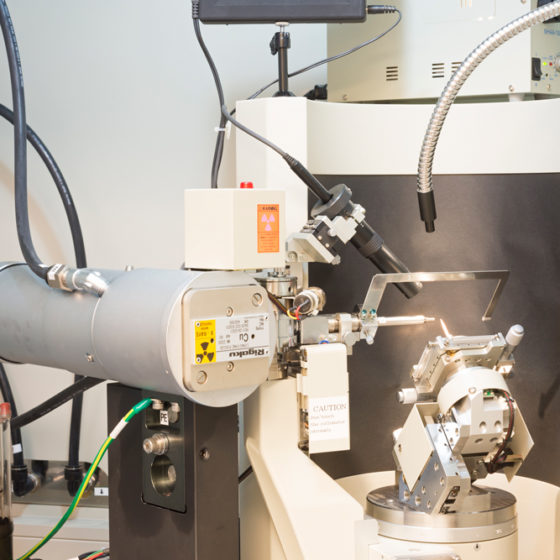“For the benefit of the Directors I want them to know that every piece of furniture in this house has been expertized.”
Henry Francis du Pont, letter to his Executors
Three factors that aid in identifying whether art, antiques, and collectibles are genuine or fake form the basis for evidence presented in court when authenticity is disputed.
1. Provenance
The history of ownership of an object from its creation through various owners, including how and why it has come onto the market, is called provenance. While an impeccable provenance may be persuasive, it does not in itself establish authenticity. It also does not prove that the object in question is the same as the one in the documentation. Documents that establish provenance can easily be forged.
2. Connoisseurship
A close and systematic examination of the style and technique of a maker can identify inconsistencies with, or conformity to, an object in question when compared to examples already established as genuine. This type of evidence is based on opinion rather than fact, but it is the recognition of these inconsistencies that causes curators and collectors to question an object in the first place. Occasionally, this is the only type of evidence available on which to make a judgment.
3. Scientific Analysis
Once the authenticity of an object has been questioned, the opinion of the connoisseur may be confirmed or discounted by identifying the materials present in the object through microscopic and instrumental analysis. Scientific testing cannot prove authenticity; it can, however, disprove it through the positive identification of materials that date, for example, to after the death of an artist (although the presence of such materials may simply indicate a restoration or alteration of the object).
Current Methods of Scientific Analysis
X-ray Fluorescence Spectroscopy (XRF)
XRF is a nondestructive technique that provides elemental information about pigments, glasses, ceramics, stone, and metals as well as other inorganic materials. Because no sample is required, no damage is done to the object. Compound information about the material(s) present in the object is then inferred based on the elemental composition.
RAMAN Spectroscopy
RAMAN spectroscopy provides molecular information about materials and permits a more detailed analysis than XRF. It can be used to go beyond elemental analysis and perform more complex compound analysis.
Scanning Electron Microscopy-Energy Dispersive Spectroscopy (SEM-EDS)
A scanning electron microscope produces a three-dimensional, highly magnified image of a sample. When coupled with an energy dispersive spectrometer, SEM-EDS allows the elemental composition of the sample to be mapped to show the elemental distribution in the sample. This technique is frequently used to help identify paint pigments, as the pigment composition is inferred from the elemental composition.
Gas Chromatography-Mass Spectrometry (GC-MS)
Gas chromatography-mass spectrometry (GC-MS) is an instrumental technique that separates mixtures of organic compounds and sorts them by their molecular weights. Requiring only a small sample from the object, it can provide more specific and more accurate information for organic compounds than FTIR.
X-ray Diffraction (XRD)
XRD permits specific compound-phase identification of inorganic and organic crystalline solids. Typical crystalline solids encountered in works of art include pigments, fillers, grounds, minerals, ceramics, and corrosion products.
Please note: In this exhibition, you will see analytical results in different formats. These
represent changes in technology over many years, but the results remain unchanged.












